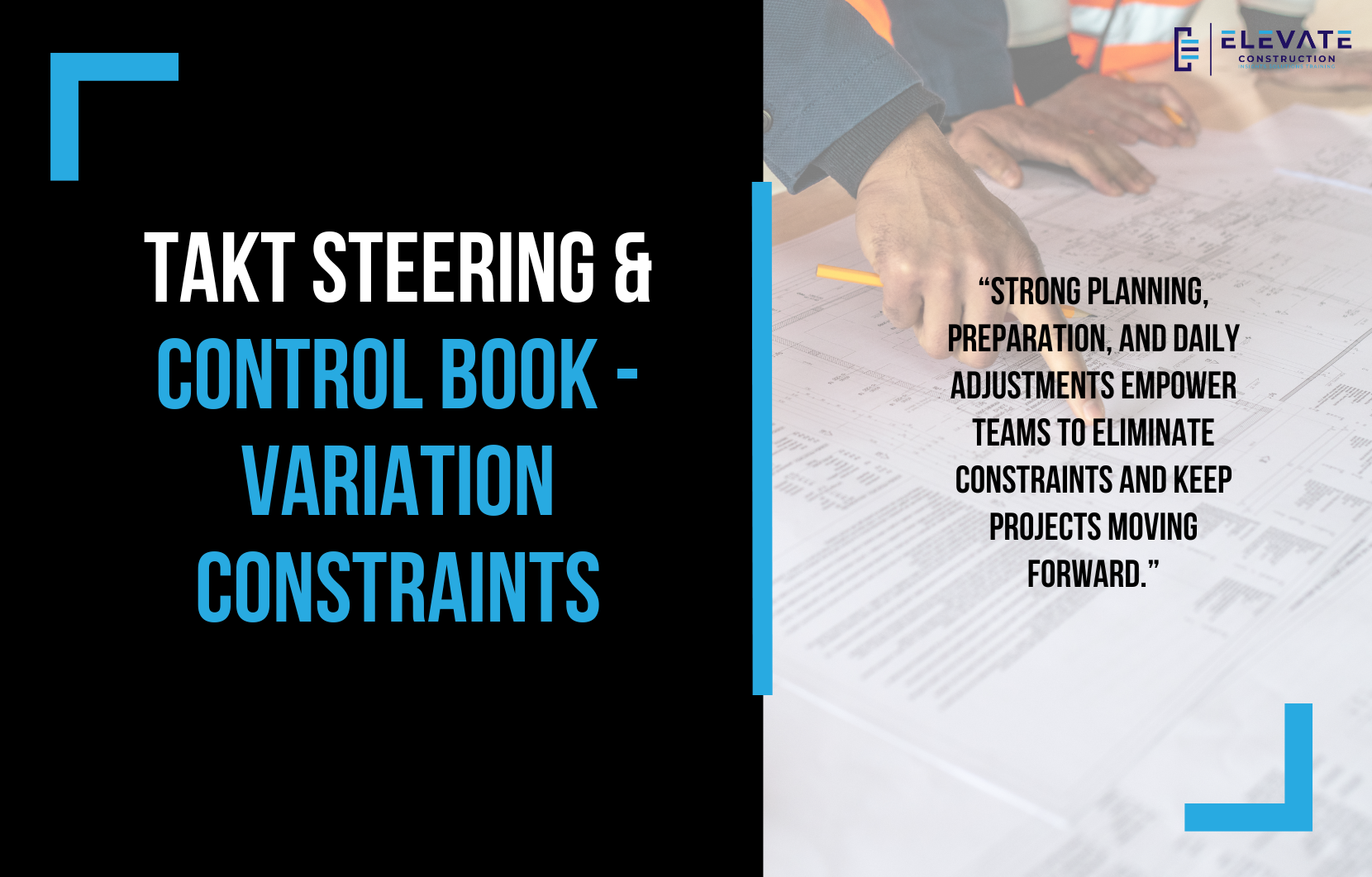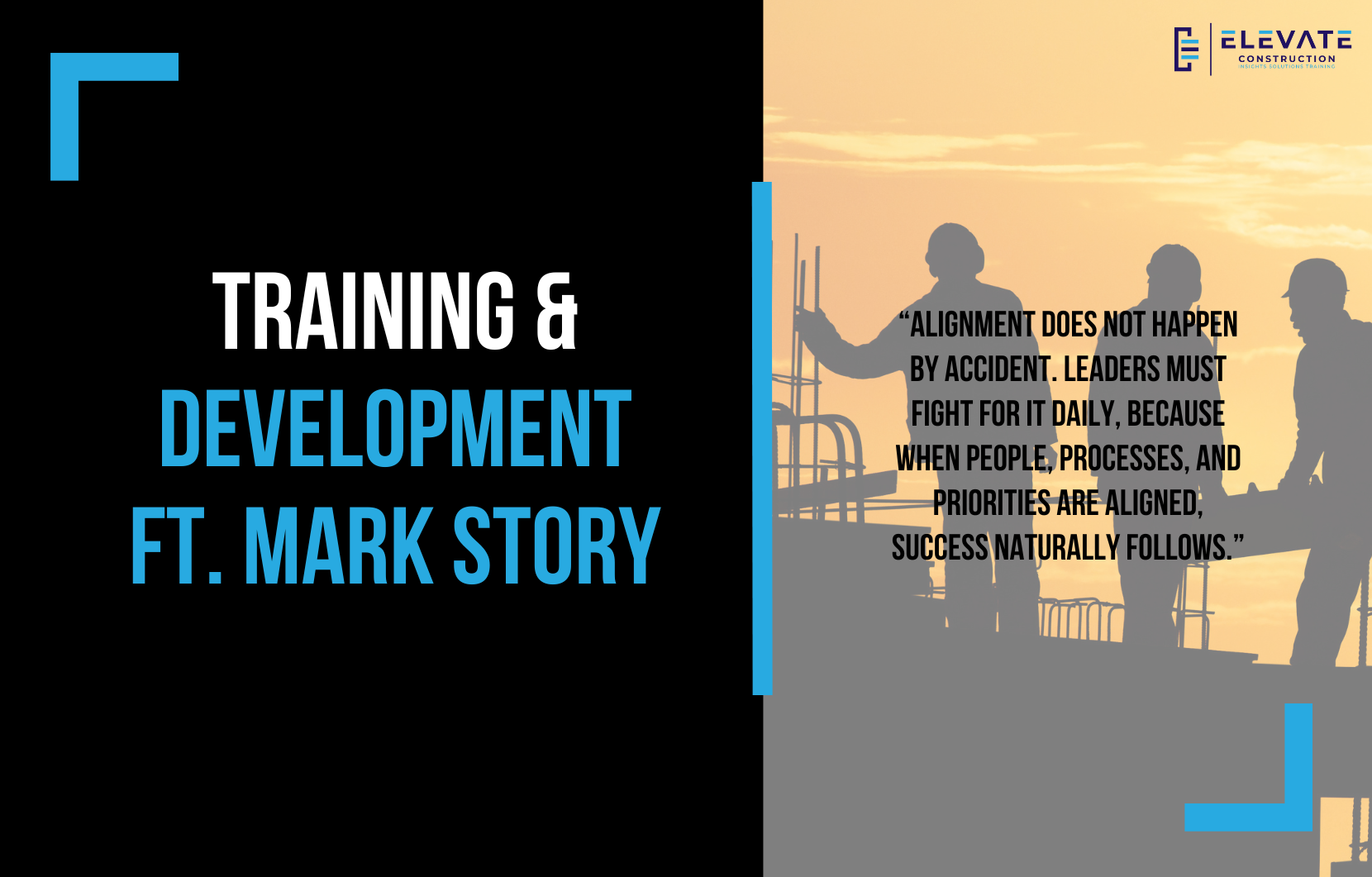Variation and Productivity Loss Constraints in Construction
In this blog, we’re talking about variation and productivity loss constraints. These are preventable issues that arise when production principles aren’t fully understood or applied. Left unchecked, they slow projects down, create chaos, and keep teams from hitting their milestones.
Variation-driven productivity loss often comes from seven key areas:
- Overburden of resources
- Too many people
- Too many materials
- Too much work in progress (WIP)
- Too much rushing, pushing, and panicking
- Lack of flow
- Fear of litigation
Each of these creates inefficiency, delays, and instability on site. To build flow, we must learn to prevent variation before it disrupts the project.
Overburden of Resources
Variation reduces team capacity. When capacity drops, productivity falls, creating constraints that prevent Last Planners from succeeding. The more variation you experience, the longer your project will take.
Example: On a project I managed, late design changes were isolated and handled by separate crews instead of disrupting the main workforce. This reduced variation, kept the flow stable, and allowed the main team to keep progressing.
Prevention & Remedies:
- First Planners: Use multiple iterations of preplanning to identify risks early.
- Last Planners: Apply pull planning, look-ahead planning, and nimble adjustments when changes arise.
Lack of Resources
When crews don’t have tools, equipment, space, or training, bottlenecks occur.
Prevention & Remedies:
- First Planners: Ensure trade partner preparation covers all resources.
- Last Planners: Verify crews have everything they need through weekly and daily planning.
Crew Size Too Few or Too Many
Both extremes reduce productivity. Too few workers means not enough capacity. Too many means inefficiency and confusion.
Prevention & Remedies:
- First Planners: Conduct labor analysis early in preconstruction.
- Last Planners: Never add labor randomly. Monitor crew size daily for balance.
Lack of Standard Work
Without documented best practices, crews waste time figuring things out from scratch.
Prevention & Remedies:
- First Planners: Develop checklists and visuals during preconstruction.
- Last Planners: Never install without a checklist or visual guide.
Inadequate Training
Poor training reduces productivity, increases rework, and creates safety risks.
Prevention & Remedies:
- First Planners: Confirm training needs during onboarding and make training part of trade partner qualification.
- Last Planners: Dedicate time to skill development. Remember—no one truly “figures it out” alone.
Incorrect Crew Composition
Wrong mix of people, skill levels, or crew sizes slows production and extends schedules.
Prevention & Remedies:
- First Planners: Package work properly in preconstruction.
- Last Planners: Adjust crews daily based on strengths, needs, and project flow.
Key Takeaway
Variation is one of the greatest threats to productivity in construction. By recognizing common sources of variation overburden, poor resourcing, unbalanced crews, lack of standard work, inadequate training, and incorrect crew composition we can prevent delays and create flow. Strong planning, preparation, and daily adjustments empower teams to eliminate constraints and keep projects moving forward.
If you want to learn more we have:
-Takt Virtual Training: (Click here)
-Check out our Youtube channel for more info: (Click here)
-Listen to the Elevate Construction podcast: (Click here)
-Check out our training programs and certifications: (Click here)
-The Takt Book: (Click here)
Discover Jason’s Expertise:
Meet Jason Schroeder, the driving force behind Elevate Construction IST. As the company’s owner and principal consultant, he’s dedicated to taking construction to new heights. With a wealth of industry experience, he’s crafted the Field Engineer Boot Camp and Superintendent Boot Camp – intensive training programs engineered to cultivate top-tier leaders capable of steering their teams towards success. Jason’s vision? To expand his training initiatives across the nation, empowering construction firms to soar to unprecedented levels of excellence.
On we go










